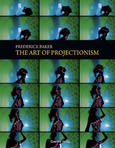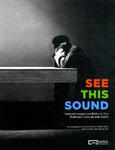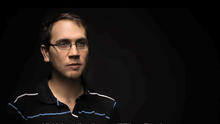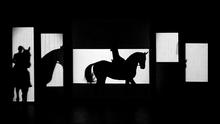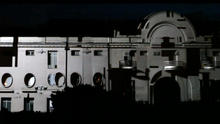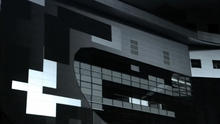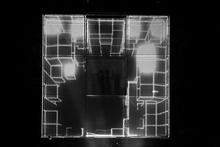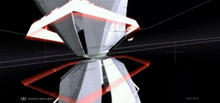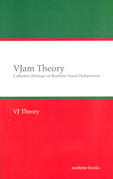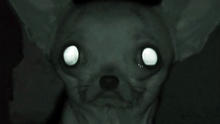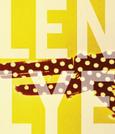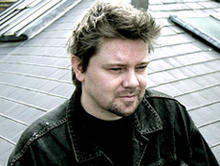3Destruct
(2007)is a space of visual and sonic deconstruction by Yannick Jacquet , Jérémie Peeters (visuals) and Thomas Vaquié (music). Half way between light sculpture and 'penetrable" the installation offers an immersive experience.
The installation offers an immersive experience in a non-linear world, where spatial coherence is lost. 3Destruct was originally designed specifically for the Biennale d’art contemporain, which took place in Louvain-la-Neuve, Belgium in 2007. It has since then been adapted to be presented in various venues.
The video on this page was filmed in Oct 2011 at Le Lieu Unique in Nantes during Scopitone Festival. The installation was redesigned for the occasion.
Source: Yannick Jacquet (Legoman)
A cube-like structure, lights are projected onto it in many different forms which, when you see the video below, is quite spectacular. But what’s even more amazing is that people can walk through the cube as it is being projected onto. 3Destruct challenges the persons’ perception while inside, as the lights disorients the participant walking through the semi hollow cube. Understandably so, as light and its reflection is the means for us to see, and having it manipulated has us having to re-interpret the world around us.
Source: whiteboard journal

